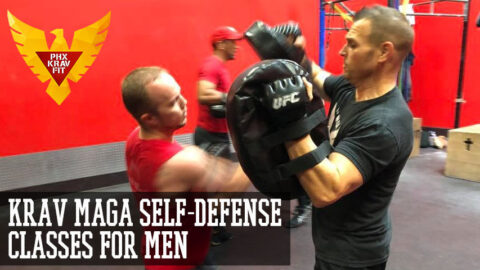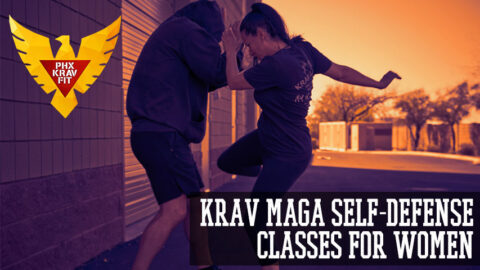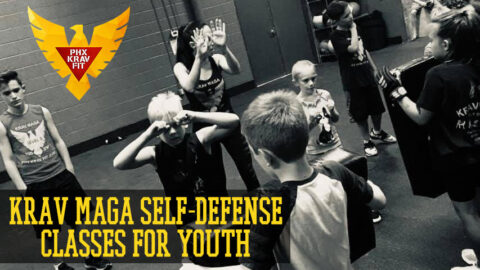The Forgotten Element Of Stress Training
Any serious practitioner of self-protection and survival, needs to have hand to hand self-defense or martial arts training, weapons defense, firearms training and even trauma medical emergency skills. Needless to say, there are plenty of places to get these types of training, and judging its quality is usually done by assessing the organization or instructor who is teaching it, which is a good step.
However, the one scale anyone needs to judge all of their tactics on is how it performs under stress. In other words, can you perform the technique successfully under that one forgotten element of training: Stress.
Stress becomes not just a means of testing techniques and tactics, but also properly training what you are learning. I see too many practitioners showing off their skills inside very controlled circumstances, and although this step is part of the learning process, it is necessary to introduce stress into your training, because that is exactly what you’ll experience in real life.

Therefore, once you have down the initial mechanics of a move, or set of moves, one should introduce low levels of stress training, and increase that stress once they have shown success at that particular stress level. How do you “introduce” stress training? Although there are several different methods, here are three simple ways to test your skills when your heart rate increases, adrenaline dump happens and you’re taken by surprise by other elements which throw you off your game.
The first is simple physical stress training, by fatiguing your cardiovascular and muscular systems.
Doing dozens of push ups, sit ups and body squats before you fire a gun, apply a tourniquet or train that side kick will definitely add physical stress to your practice. Anyone can perform these moves while rested, under a normal heart rate, but it is important to practice any of these when you’re breathing hard and tired.
The second way is to increase mental stress training, introducing fast decision making into training.
For example, having two people attack you with various weapons, and deciding who to attack or defend yourself against first, forces you to make the kind of quick decision you will need to out in the street. Add in anyway where you have multiple options, and must think on your feet to increase your mental stress.
Lastly, emotional stress training is important as well to put into your training, but recreating it might take some creative work.
In my self-defense classes I fully support students to yell and swear at each other while playing out a robbery or mugging scenarios. Being called names, screamed at and bullied is essential, because that is what most likely will happen out in the street.
As stated before, any of these training additions must be done progressively, so one can achieve effectiveness at lower levels of stress before increasing the intensity. As they say, practice doesn’t just make perfect, “Perfect practice makes perfect”. Adding too much stress, and causing yourself to fail again and again only gets you better at failing while decreasing confidence. Slowing increasing stress levels so you can build confidence along with successful repetitions is the path to not only test your techniques’ effectiveness but build your functional skills.



